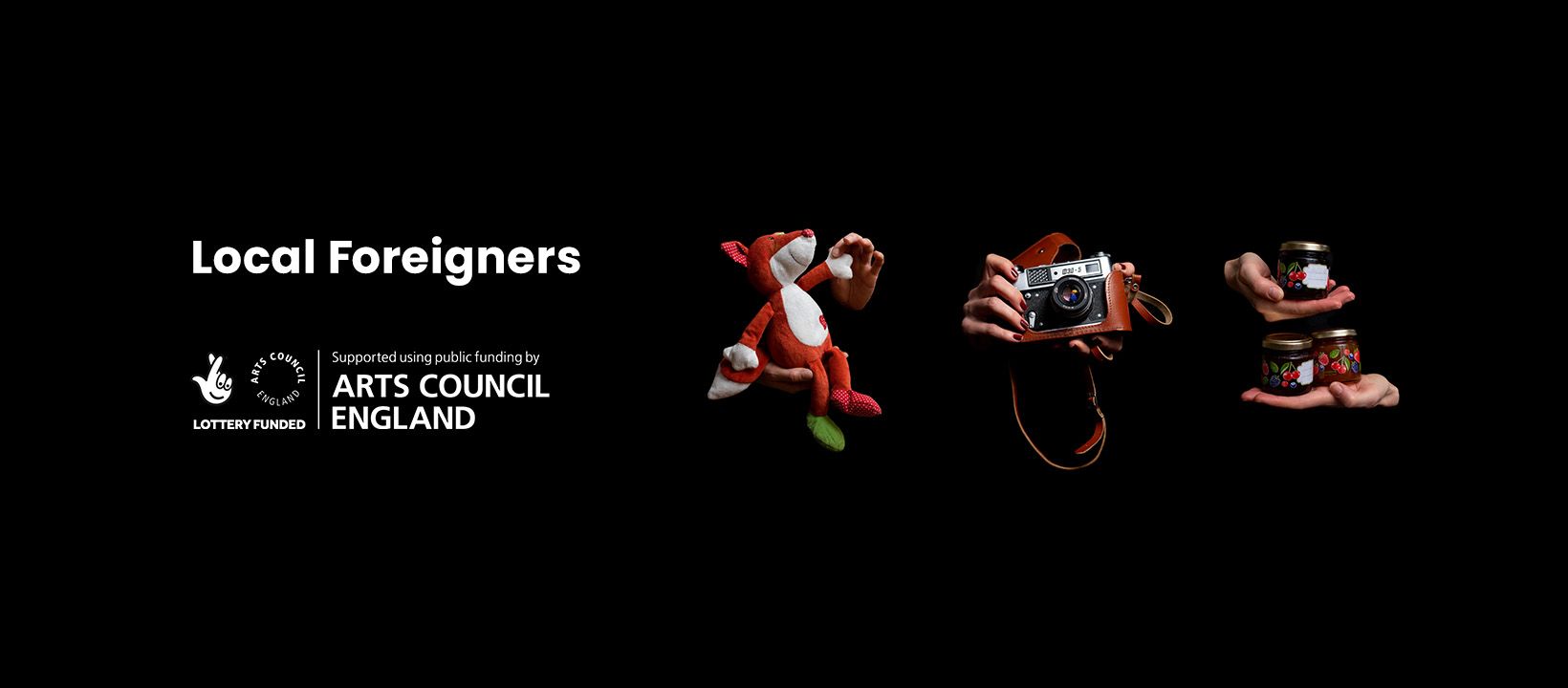
Local Foreigners: an alternative to the representation of immigrants in the UK

- Written by
- Published date 27 September 2022

Why the traditional representation needs to be changed
When you come across the term ‘immigrant’, what first comes to mind?
For most people, the word conjures up images of crowds of foreigners moving chaotically, waiting desperately in long lines along border crossings or going against all odds to cross the sea to what they perceive to be a safe haven.
Why?
Media depictions of refugees — incorrectly referred to as immigrants — haunt people’s TV, mobile phone and computer screens nearly every day. People fleeing their home countries, trying to evade war and persecution, are depicted as desperate, hungry and living in miserable conditions. The idea of asylum seekers being powerless victims waiting for help is harmful to the whole group these photographs are designed to represent. Furthermore, confusing refugees and other types of immigrants damages the public understanding of immigration and poses a great risk to people fleeing danger, according to the United Nations High Commissioner for Refugees (UNHCR).

But then again, negative images attract the most attention, especially in the media, owing to people’s inherent negative bias. And it seems the best way to challenge this misrepresentation of refugees and immigrants is by breaking through the public consciousness.
How?
By accurately depicting both refugees and immigrants, showing their lives as residents of the UK.

Local Foreigners — A Collection of UK Immigrant Stories
Maryna Sulym first conceived the Local Foreigners documentary project because of the frustration she felt while conducting research on the (mis)representation of immigration in the media and the real statistics of immigration. The aim of Local Foreigners is ‘to rectify the image of immigration and provide an example of a dignified representation of a marginalised group’.

Maryna is a professional photographer and immigrant herself, having moved from Ukraine to London eight years ago. She finished her MA in Photojournalism at the University of the Arts London.
Local Foreigners is a combination of stories and portraits that demonstrates a collective experience of immigration in the UK. According to Maryna, “We need a change in the traditional representation of immigration. I hope to provide an example of an alternative approach with Local Foreigners project’.
Local Foreigners is a collection of UK immigrant stories from all over the United Kingdom. Arts Council grant allowed Maryna to travel to England, Scotland, Northern Ireland, and Wales to interview people who moved there from other countries. The project encompasses all types of immigrants: naturalised citizens, European nationals, students, family members, skilled workers and business owners, as well as refugees and asylum seekers who have been given long-term visas.

The Storytellers
The diversity and complexity of immigration are reflected in the many different stories published on the Local Foreigners website.
No one refugee or immigrant is alike. Each has their own tale to share.
Some have been in the country for decades. Others came here a few months ago, like the Ukrainians fleeing the war, who have now found themselves somewhat disoriented, unsure about the future, and yet bringing their best skills and knowledge to their new homes.

Those who have been in the UK for longer and have grown roots fondly remember their homes in their countries of birth. This is particularly true among older immigrants who not only have children but also grandchildren born, educated and working in the UK as the country’s citizens.
While each story is unique, it is not complete. However, the snippets the storytellers share give us a glimpse into their world and their view of their life in the UK.
And while some stories talk about a bit of adventure or excitement at the beginning of their journey, they also show immigrants being usual people with usual problems — not very different from those who are UK-born and bred.

Beyond the textual aspect of the Local Foreigners stories are the pictures of the storytellers holding objects that they brought to the new homes. These artefacts tell us more than what each storyteller is saying. Being domestic in their nature, they are precious because of the memories they bring to their owners.
Of this, Maryna says, ‘The object of choice evokes a sense of belonging to a nation, family, or social group. Looking at the chosen objects, the viewer can feel empathy with the participant and learn about their individuality’.

The collection of stories is growing — something that Maryna is happy about, as it will continue to help expand people’s awareness and understanding of immigrants in the UK and in general.
Related links
- Follow Maryna on Instagram
- Go to the Local Foreigners website
- Follow Local Foreigners on Instagram
- Follow Local Foreigners on Facebook
- Follow Post-Grad Community on Instagram
- UAL Post-Grad Community
UAL Post-Grad Community
Established in 2013, Post-Grad Community is an inclusive platform for all UAL postgraduate students to share work, find opportunities and connect with other creatives within the UAL and beyond. Find out more